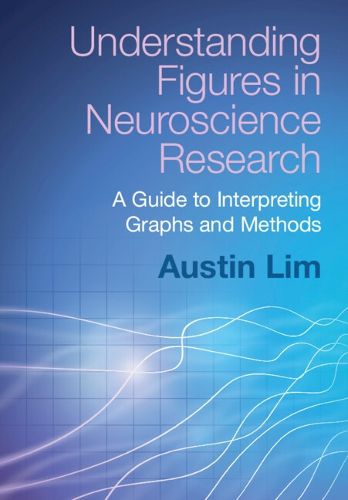Readings Newsletter
Become a Readings Member to make your shopping experience even easier.
Sign in or sign up for free!
You’re not far away from qualifying for FREE standard shipping within Australia
You’ve qualified for FREE standard shipping within Australia
The cart is loading…






This innovative text introduces neuroscience students to the visual language of scientific publications, teaching scientific literacy, research methods, and graphical literacy in an engaging way. Employing a 'pictures first' pedagogical approach, it walks the reader step-by-step through the interpretation of neuroscience figures and explains the principles of experimental design. The major research techniques - from neuroimaging, to behavioral methods, to genetics and comparative approaches - are explored, illuminating how they are represented graphically in journal articles, and their strengths and limitations as a research tool. More than 130 example figures provide experimental paradigms for the more difficult-to-visualize methods, and depict actual results taken from the recently published scientific literature. Data from several study designs are discussed, including clinical case studies, meta-analyses, and experiments from behavior to molecular genetics. Concrete examples of experiments are provided along with each method, helping students with the design of their own research questions.
$9.00 standard shipping within Australia
FREE standard shipping within Australia for orders over $100.00
Express & International shipping calculated at checkout
This innovative text introduces neuroscience students to the visual language of scientific publications, teaching scientific literacy, research methods, and graphical literacy in an engaging way. Employing a 'pictures first' pedagogical approach, it walks the reader step-by-step through the interpretation of neuroscience figures and explains the principles of experimental design. The major research techniques - from neuroimaging, to behavioral methods, to genetics and comparative approaches - are explored, illuminating how they are represented graphically in journal articles, and their strengths and limitations as a research tool. More than 130 example figures provide experimental paradigms for the more difficult-to-visualize methods, and depict actual results taken from the recently published scientific literature. Data from several study designs are discussed, including clinical case studies, meta-analyses, and experiments from behavior to molecular genetics. Concrete examples of experiments are provided along with each method, helping students with the design of their own research questions.